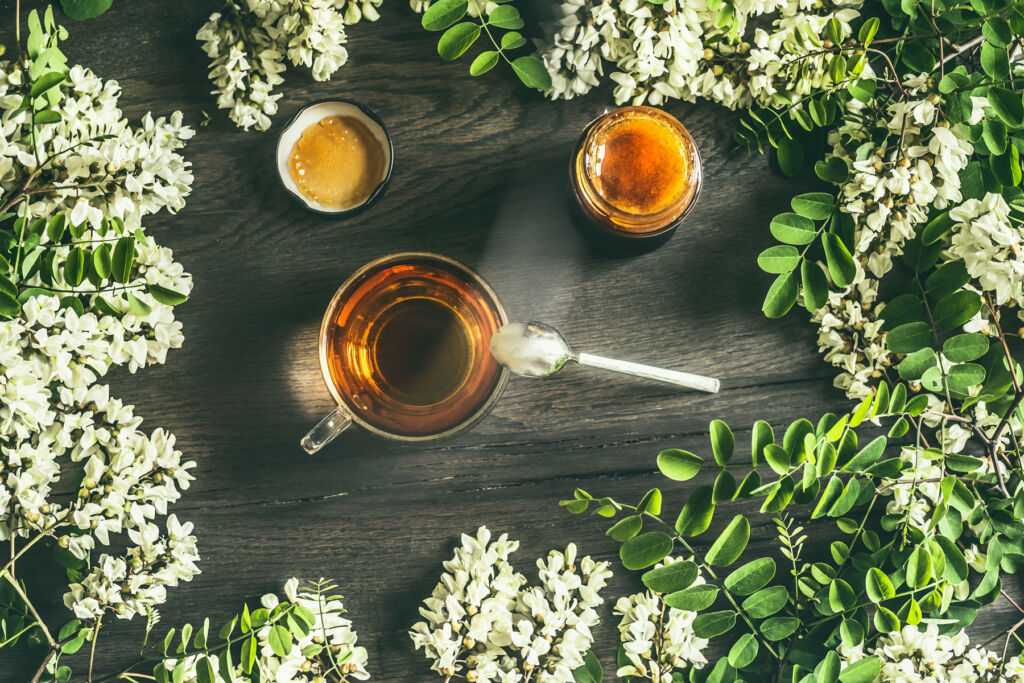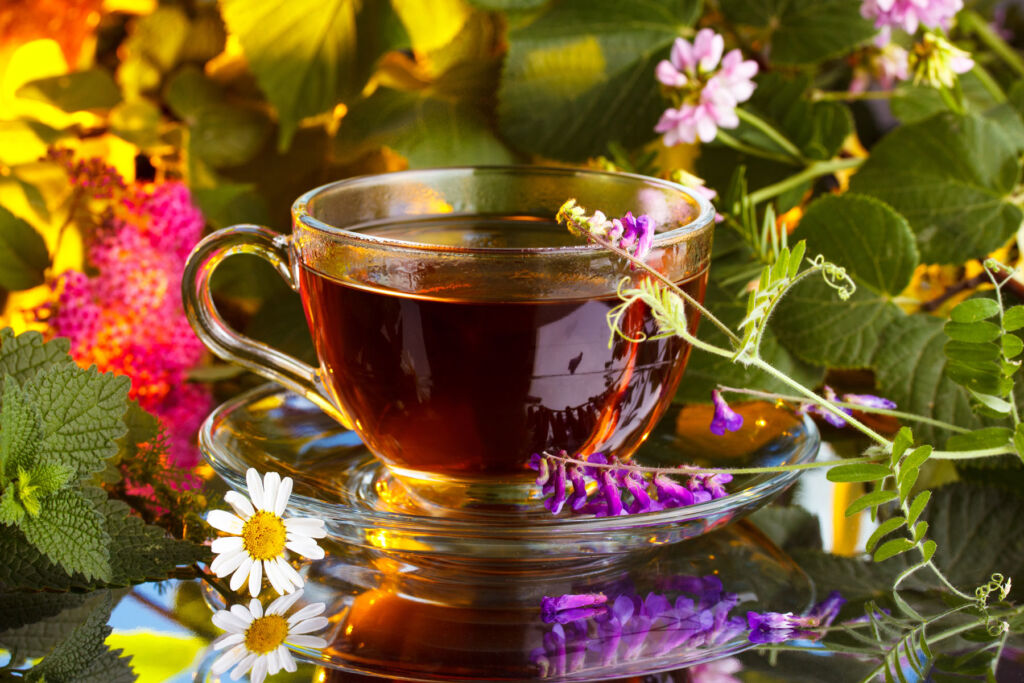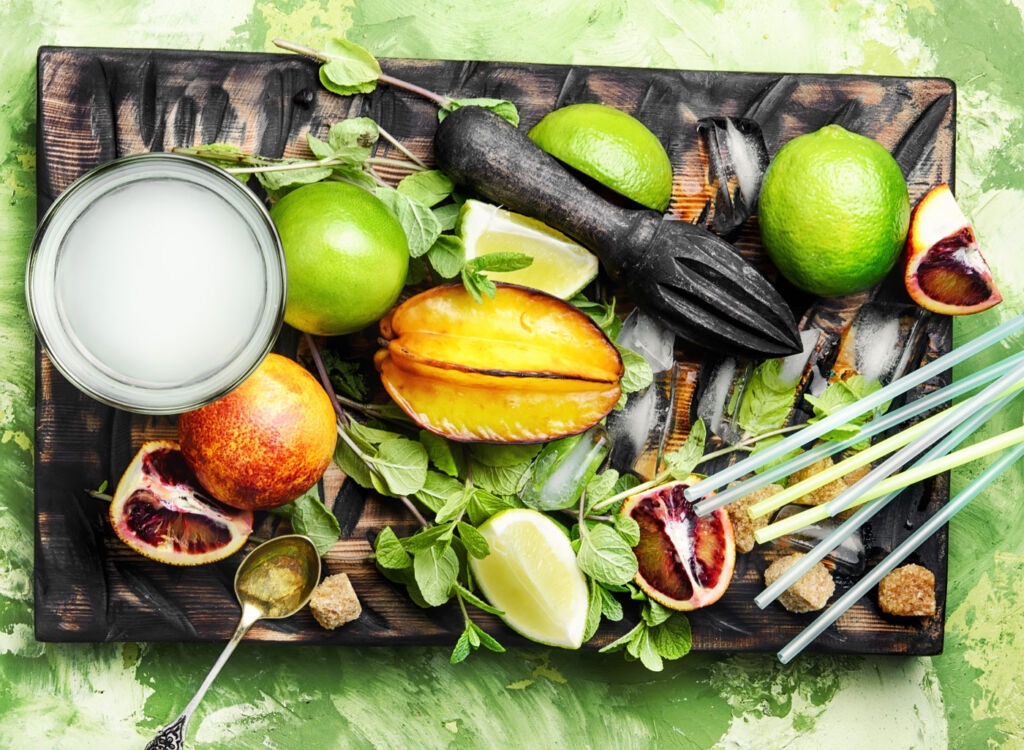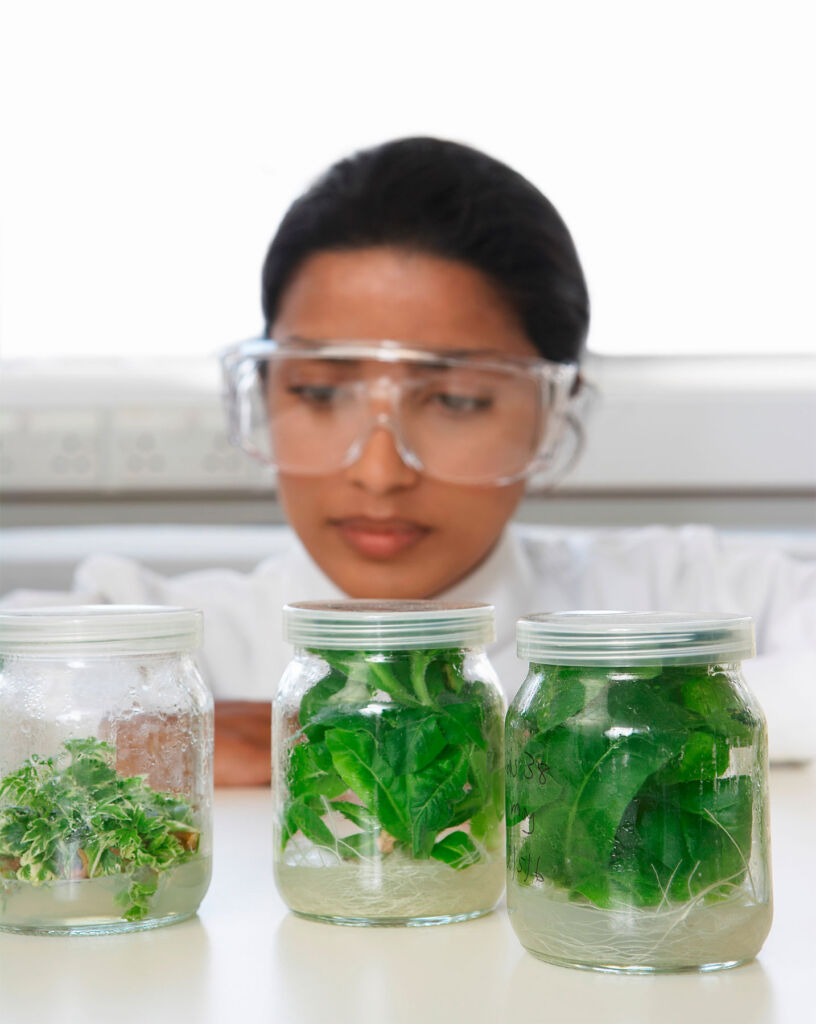
Scientists have published the first dietary recommendation for flavan-3-ols, a group of polyphenols abundant in tea, as well as other specific plants. The new recommendation aims to improve health instead of simply keeping deficiency at bay, and it can be done with just a few cups of tea.
We know instinctively that apples, pears, berries, nuts, and regular tea are all healthy options. Scientists have pinpointed that the key ingredient across all of these is flavan-3-ols, a group of plant polyphenols. And they’ve come up with the magic number of how much we should be consuming – 400 to 600 mg a day[1].
The new recommendation is ‘a first’
We are used to seeing daily dietary targets for fat, sugars, vitamins, and fibre, but until now, polyphenols have been ignored by public health experts. This is because recommendations are traditionally developed from studies on deficiency, not how much we need for optimal health.
However, following more than a year spent reviewing hundreds of studies, a group of internationally recognised scientists from the US Academy of Nutrition and Dietetics has published the first dietary recommendation for flavan-3-ols, a group of polyphenols abundant in tea, as well as other specific plants. Writing in the journal, Advances in Nutrition, the scientists found important links between particular intakes of flavan-3-ols and a reduction in the risk for some of the most widespread and serious chronic health complaints of our time.
Dietitian Dr Carrie Ruxton from Tea Advisory Panel explains, “This is the first time in years that a so-called ‘non-nutrient’ is being recommended. What’s more, the recommendation has the goal of actually improving our health as opposed to simply keeping deficiency at bay, with the best part being that we can achieve this target simply by enjoying a few cups of tea.”
But what are flavan-3-ols? What are the benefits of including them? And how much tea and other plants do we need to consume each day to get the recommended amount?
Flavan-what?
Flavan-3-ols sit within the polyphenol family tree. Polyphenols occur naturally in plants, with fruits, vegetables, legumes, and cereals being the richest sources.[2] They have been shown to confer a range of potential benefits on human health, including protecting against type 2 diabetes, inflammation, heart disease, obesity, cancer, and digestive problems. The plants also benefit from their own polyphenols, which protect them against UV radiation and ward off invading pathogens. Polyphenols can also affect how a plant tastes as well as its colour and smell.
At the top of the polyphenol family tree sits two main subcategories: flavonoids and tannins. Flavan-3-ols are a further grouping within the flavonoids category, along with isoflavones, flavonols, flavanones, flavones, and anthocyanidins.
Flavan-3-ols are not classed as a nutrient but a ‘plant bioactive’. This simply means that they are substances that can have positive health effects on living organisms, such as humans.

The richest source by far of flavan-3-ols is tea – both black, our traditional cuppa and green tea – followed by berries, nuts and pome fruits (including apples, pears, nashi, and quince)[3]. So, the good news is that it’s easy (and delicious) to include them in our daily diet.
The scientists behind the latest research into this plant-sourced powerhouse have set the recommended daily amount of flavan-3-ols at 400 to 600 milligrams a day.
Why are they vital for health?
Explaining how they arrived at the recommended amount, study author Dr Dragan Milenkovic says, “The Expert Panel found moderate evidence supporting cardiometabolic protection resulting from flavan-3-ol intake such that we are proposing the first dietary recommendation for a bioactive compound. The recommendation of 400–600 mg per day for flavan-3-ols to improve cardiometabolic health is based on beneficial effects observed across a range of disease biomarkers and endpoints.”
Chemist and researcher Dr Tim Bond from Tea Advisory Panel adds, “According to a study published in the Journal of Cardiovascular Pharmacology[4], flavonoids improve the performance of blood vessels – called ‘endothelial function’ – which helps to control blood pressure. By this action, flavonoid-rich foods such as tea, berries and apples can help to support cardiovascular health.
“Tea, with its rich flavonoid content, is, therefore, an important part of an optimal diet, particularly for heart health. It also provides healthy hydration.”

As far back as 2008, researchers were looking into the potential health benefits of flavan-3-ols. For example, one study published in Molecular Nutrition and Food Research explored the polyphenol subclass’s antioxidant, anti-cancer, heart-protective, antibacterial, antiviral, and brain-protective qualities [5].
With protective effects including but not limited to their positive impact on blood pressure, blood flow and inflammation levels, flavan-3-ols may also help to protect our cells against age-related wear and tear. Indeed, there is plenty of scientific evidence to back up the health benefits of our usual flavan-3-ol fix in the UK – our daily cuppa.
A recent review included 23 systematic reviews on the association between tea intake and cardiovascular disease[6]. The authors concluded that regularly enjoying two cups of unsweetened tea a day may decrease cardiovascular disease risk and progression because of the flavonoids in tea.
One of the key mechanisms behind the health-promoting effects of tea flavonoids relates to how they interact with gut bacteria, according to a study published in Critical Reviews in Food Science and Nutrition[7]. The authors highlight the anti-inflammatory properties of tea flavonoids in lessening the effects of metabolic syndrome (a condition characterised by pre-diabetes, high blood pressure and excess body fat).
Another recent study in Frontiers in Endocrinology explored the anti-inflammatory, antioxidant, and anti-cancer properties of flavonoids and their supporting role in stimulating bone formation[8]. The authors concluded that flavonoids in plants such as tea, fruits, and vegetables could turn out to be promising substances for treating bone health issues in the future. A recent study published in Neurology even concluded that people with Parkinson’s disease who consume higher levels of flavonoids, particularly flavan-3-ols and anthocyanins, reduce their risk of dying.[9]

New diet target
For decades, our health authorities, such as the NHS and UKHSA (formerly Public Health England), have been educating the population on how much of each essential nutrient, including vitamins and minerals, we need to take in to prevent deficiencies. Indeed, the 5 A Day campaign to encourage higher fruit and vegetable consumption dates back to 2003. However, apart from fibre, ‘non-nutrients’ like flavan-3-ols have not been featured on the list of dietary dos and don’ts.
Dr Ruxton explains, “When we refer to ‘essential nutrients’, we are talking about the vitamins and minerals that humans need in adequate amounts to prevent deficiency and keep us alive. An example is vitamin C, which helps us maintain a healthy immune system, prevent oxidative stress, and build collagen for connective tissue. If we don’t consume enough vitamin C in the diet, we can develop the deficiency disease, scurvy.
“What is really exciting about the new dietary recommendation for flavan-3-ols is that scientists are recommending a substance that, while not essential for our survival, could be considered essential for optimising our health and well-being.”
Dr Tim Bond adds, “Building on the wide body of research on the subject, the recent study published in Advances in Nutrition reports that consuming flavan-3-ols at the recommended daily amount of 400 to 600 milligrams could reduce cardiovascular disease and type 2 diabetes risk which can be found in approximately 3-4 cups of tea a day. The researchers also found that taking in more flavan-3-ols in the diet could help to regulate blood pressure, cholesterol levels, and blood sugar.”
 It’s important to note that this new study provides us with a guideline intake from food sources and not necessarily from supplements. Dr Dragan Milenkovic explains, “Among the general adult population, we suggest increasing consumption of nutrient-dense foods rich in flavan-3-ols and low (or absent) in added sugars, including but not limited to tea, apples, berries and cocoa.”
It’s important to note that this new study provides us with a guideline intake from food sources and not necessarily from supplements. Dr Dragan Milenkovic explains, “Among the general adult population, we suggest increasing consumption of nutrient-dense foods rich in flavan-3-ols and low (or absent) in added sugars, including but not limited to tea, apples, berries and cocoa.”
Last word
Scientific research has once again concluded that consuming tea may improve our health in a range of ways, including helping to prevent heart disease and type 2 diabetes. This study is significant because it’s the first time a plant bioactive rather than a nutrient has been added to the daily intake recommendations.
Additionally, flavan-3-ols are being recommended to improve our health and well-being rather than just targeting deficiency. With natural dietary sources being prioritised over supplements, there’s even more reason to put on the kettle.
- [1] Crowe-White K et al. (2022). Flavan-3-ols and Cardiometabolic Health: First Ever Dietary Bioactive Guideline. https://academic.oup.com/advances/advance-article/doi/10.1093/advances/nmac105/6747118#378435967
- [2] Zin C et al. (2022). Effects of Fruit and Vegetable Polyphenols on the Glycemic Control and Metabolic Parameters in Type 2 Diabetes Mellitus: A Review. https://www.ncbi.nlm.nih.gov/pmc/articles/PMC9585403/
- [3] Ottaviani, J. I. et al. (2020). Biomarker-estimated flavan-3-ol intake is associated with lower blood pressure in cross-sectional analysis in EPIC Norfolk. https://www.nature.com/articles/s41598-020-74863-7
- [4] Yamagata K. & Yamori Y (2020) Inhibition of endothelial dysfunction by dietary flavonoids and preventive effects against cardiovascular disease. https://pubmed.ncbi.nlm.nih.gov/31613843/
- [5] Aron P & Kennedy JA (2008) Flavan-3-ols: Nature, occurrence, and biological activity.
- [6] Keller A & Wallace TC (2021) Tea intake and cardiovascular disease: an umbrella review. https://www.ncbi.nlm.nih.gov/pmc/articles/PMC8366653/
- [7] Jiang S et al. (2021) Updates on the chemistry, processing characteristics, and utilisation of tea flavonoids in the last two decades (2001-2021). https://www.tandfonline.com/doi/full/10.1080/10408398.2021.2007353
- [8] Ramesh, P. et al. (2021). Flavonoids: Classification, Function, and Molecular Mechanisms Involved in Bone Remodelling. https://www.ncbi.nlm.nih.gov/pmc/articles/PMC8649804/
- [9] Zhang, X. et al. (2022). Intake of Flavonoids and Flavonoid-Rich Foods and Mortality Risk Among Individuals With Parkinson Disease: A Prospective Cohort Study. https://pubmed.ncbi.nlm.nih.gov/35082171/
Read more health news, guides and product reviews here.
![]()




You must be logged in to post a comment.